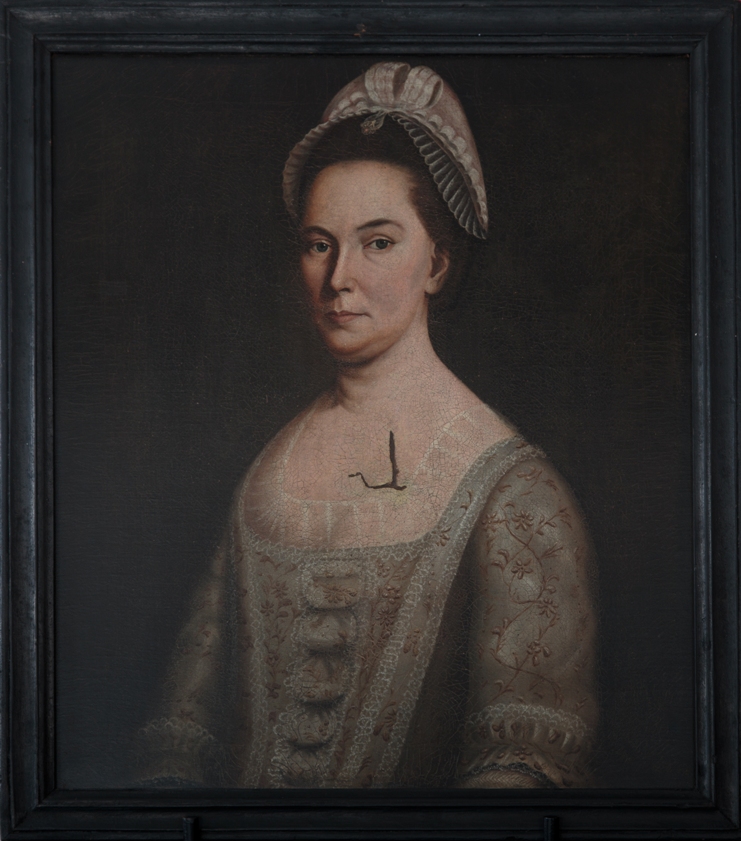More Woes for Cyrus Baldwin
Guest blogger Chris Hurley finishes up his look at the merchant Cyrus Baldwin.
Baldwin continued to have difficulties as the war approached. His 24 Oct 1774 ad in the Boston Gazette carried a postscript assuring people he was “neither Addresser, Protester, nor Roman Catholick”—suggesting some were saying he was a Loyalist or worse. A 6 Mar 1775 ad in the same newspaper saw him distressed, selling his English and Scotch goods at “50 per cent from the Sterling Cost.”
On 2 May 1776, after the siege of Boston, Baldwin’s ad in the New-England Chronicle indicates that his Boston shop had been looted by the evacuating British troops (and Crean Brush likely). It said that “he once more requests all those who are indebted to him on note, book or otherwise to make speedy payment to him at Woburn, where”—being the indefatigable merchant he was—he was selling sugar, rum, coffee, and “sundry other articles.”
But those setbacks were nothing compared to what Cyrus Baldwin suffered back at Winter Hill in 1784. That was still a sparsely settled stretch on the road between Charlestown and Medford, all but unavoidable if one was traveling to Woburn. Boston’s Continental Journal of 29 July reported:
Mr. Cyrus Baldwin of Woburn, crossing Winter Hill, was attacked by three foot pads who robbed him of his watch and money and, after abusing him very much, made off.Boston’s Independent Ledger for 26 July had more detail. In addition to robbing Baldwin of 14 shillings and his pinchbeck watch—which this article described very thoroughly—the criminals had beaten Baldwin badly:
during the greatest part of the time they were stripping him, one of the villians was dealing very heavy blows with a club on the left side of his head, and cut his scalp in several places: ’tis hoped they will not prove mortalThe wounds did not prove mortal. And in a stroke of good luck for justice, the theives were apprehended after a subsequent unsuccessful attack on another man. The Continental Journal stated:
At the house where they were concealed was found the watch, purse, pocket-book, &c. of which Mr. Baldwin was robbed.This time, unlike 1774, the law prosecuted the attack on Winter Hill. The 23 Nov 1784 Connecticut Courant of Hartford reported:
Boston, November 15. Thursday next Barrack and Sullivan, who robbed Mr. Cyrus Baldwin on Winter-hill, and who attempted to rob Major John Swan on Boston neck, as lately mentioned, are to be executed at Cambridge—(The 27 July Salem Gazette and other Massachusetts papers had reported the second victim was James Swan, shown above.)
The 24 November Massachusetts Spy confirmed the sentence was carried out:
On Thursday last were executed at Cambridge, pursuant to their sentence,…Richard Barrack and John Sullivan for highway-robbery.Six years later, Cyrus Baldwin died of drowning in Dunstable; that day, 5 Nov 1790, was his fiftieth birthday.
Samuel Thompson of Woburn wrote in his diary two days afterward: “Cyrus Baldwin, Esquire’s, corpse brought to Woburn.” In all the news items and advertisements examined for this story, I never saw Cyrus Baldwin honored with the sobriquet “Esquire” until his death. But that was how the Herald of Freedom reported him on 9 November:
Died]—at Dunstable, the 4th inst. CYRUS BALDWIN, Esq. formerly of Boston.—His funeral will be this afternoon, at two o’clock, from the house of his brother Loammi Baldwin, Esq. at Woburn—where the friends and acquantence of the deceased are desired to attend.And thus ends the luckless story of Cyrus Baldwin. Thanks for sharing his ups and (mostly) downs, Chris Hurley!















